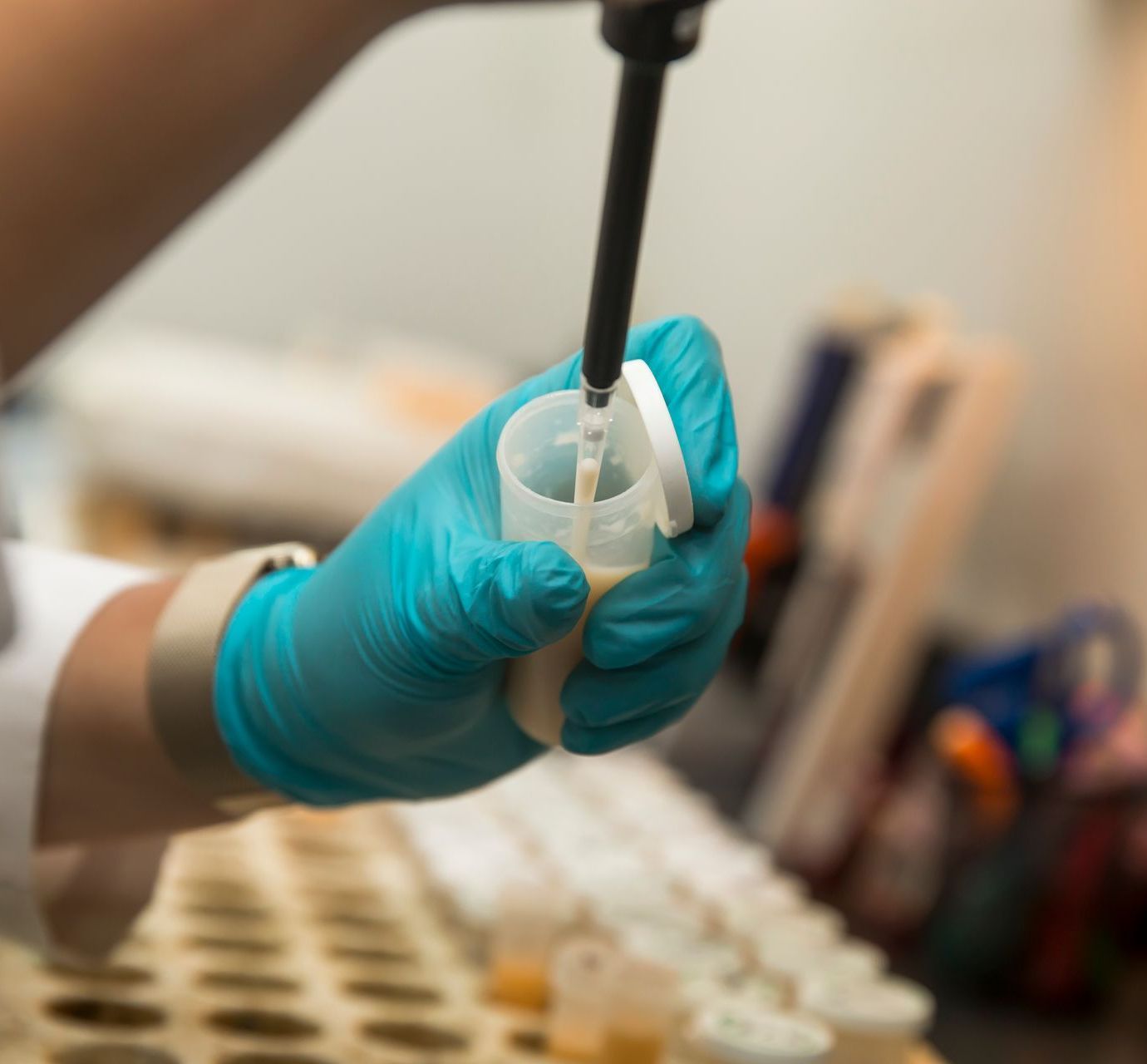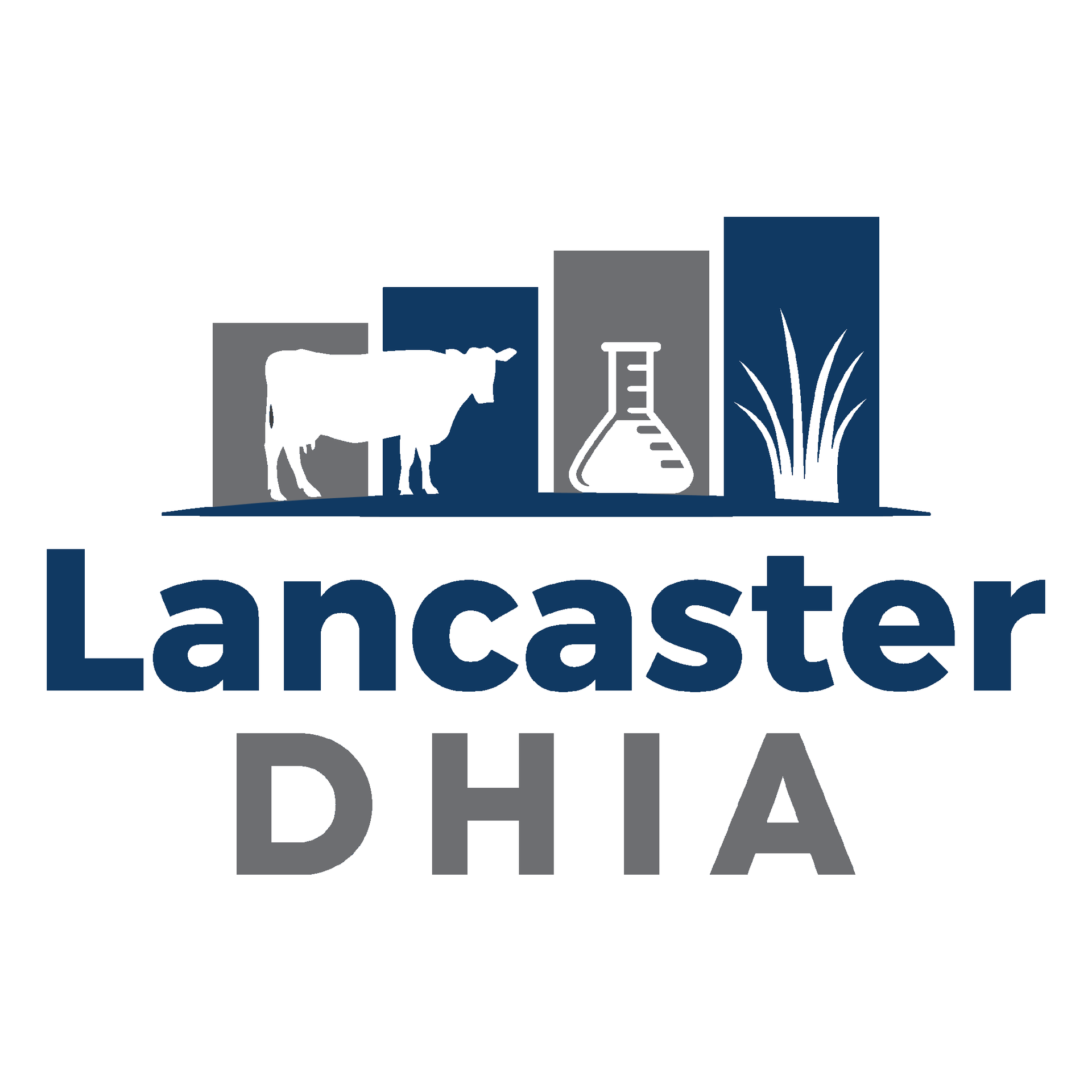LANCASTER DHIA HISTORY
Beginnings
Lancaster DHIA originated as an outgrowth of Red Rose DHIA, a county organization of Pennsylvania DHIA.
In the changing DHIA environment of the early 90’s, the Red Rose DHIA board looked closely at whether there was an advantage in being an independent organization, with the power to make their own decisions and determine their own future.
After intense research and travel that included visiting the major processing centers, the decision was made in late 1992 to form Lancaster DHIA. Lancaster DHIA was admitted as a member of DRMS (at that time the Raleigh Processing Center), contracted lab services and DHIA certification to the former Mid-East DHIA, and hired former lead technician Jay Mylin as manager.
The technicians had to make the decision to quit their former employer, and hire on with the new organization, which was done by almost all of the technicians. The organization began with 58,000 cows in about 1,065 herds. In January 2012, Vermont DHIA merged with Lancaster DHIA. Lancaster DHIA lab took over all lab work and managing of field service with the previous staff of Vermont DHIA.
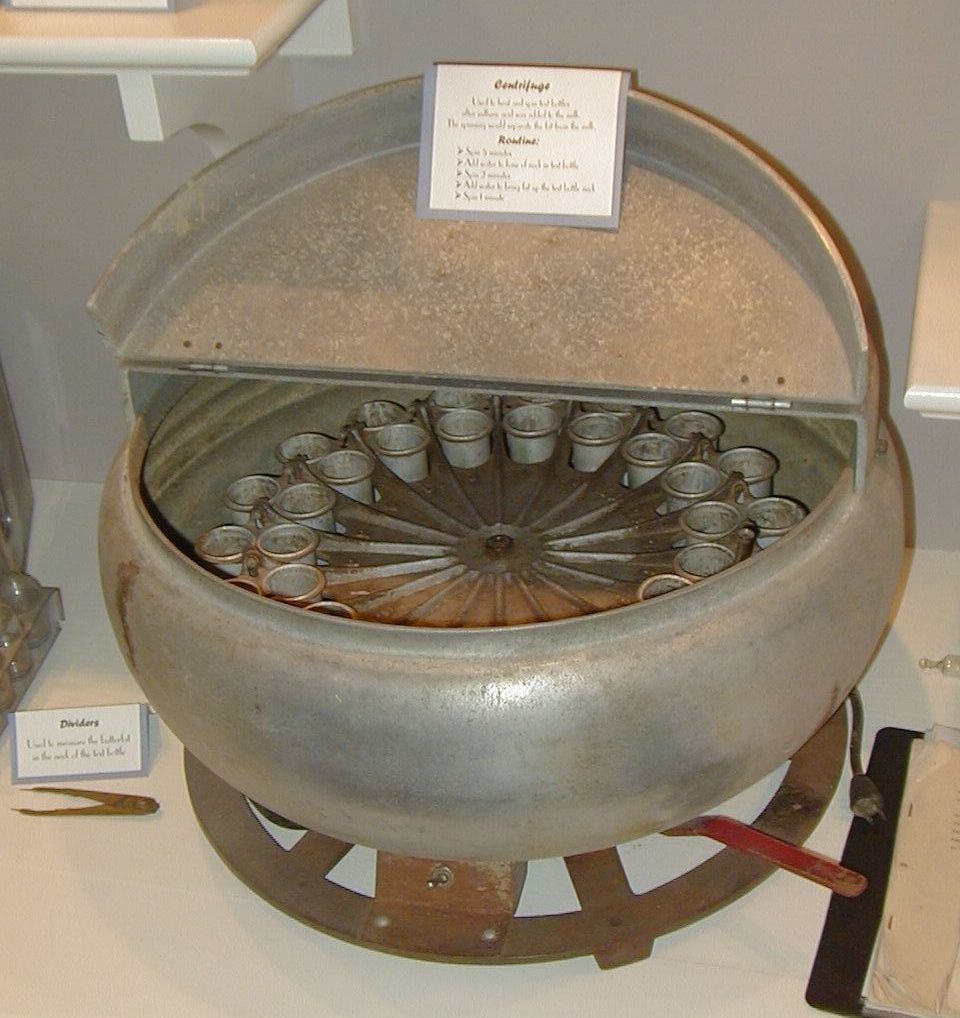
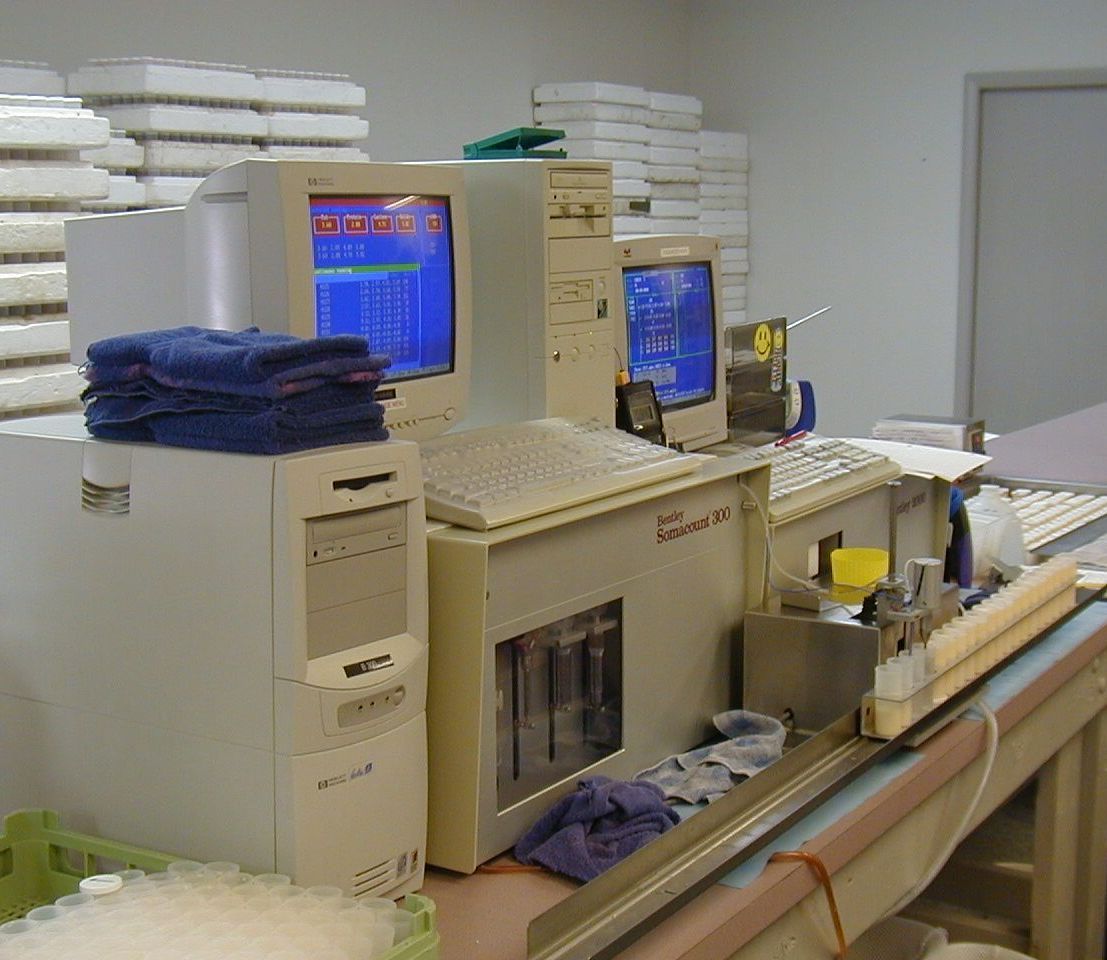
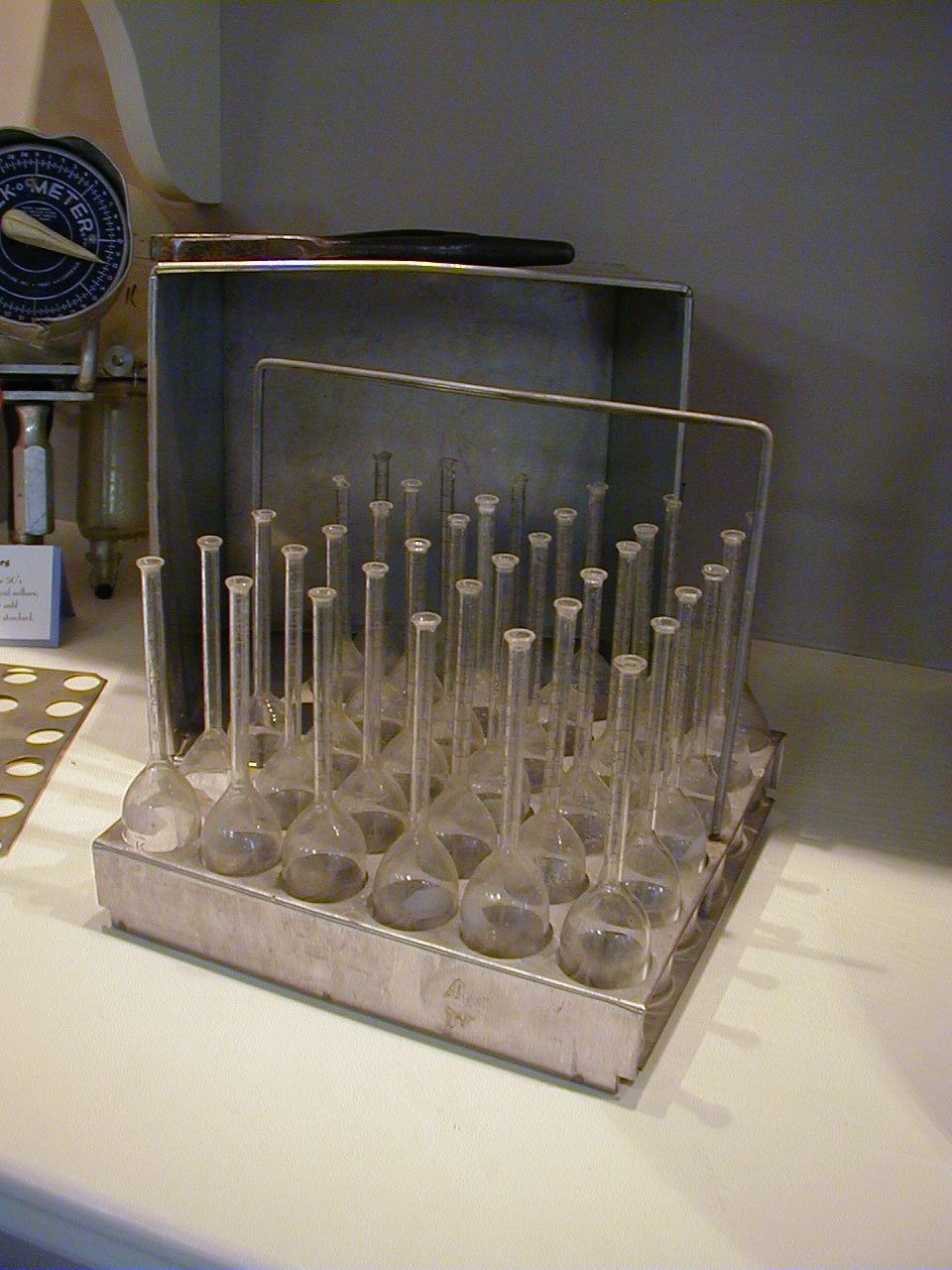
The Labs
Lancaster DHIA was approved as an independent organization by National DHIA in 1994.
The same year, the board decided to research the possibility of building their own sample lab in Lancaster County. After researching, and touring labs in Vermont, Maryland, Tennessee and Ohio, the decision was made to proceed with the project, and the days of Lancaster DHIA as a truly independent organization had begun.
Jere High was hired in August of 1994 to start lab design and construction. The lab was built in what had been a chicken house on the property of Jay Mylin in Manheim, PA. After researching equipment, the decision was made to purchase a Bentley 500 combi and we were testing samples by October of 1994.
In 1996, the growing interest in milk urea nitrogen analysis prompted the organization to purchase one of the first Bentley wet-chemistry MUN machines. Growing volume made necessary the purchase of a second component machine, a Bentley 300 combi in late 2000.
In three years we upgraded the Bentley 300 machine to a Bentley 500 combi to increase the number of samples per hour. The lab is currently processing over 230,000 component samples per month, and 9,500 MUN samples.
In April 2002 we started testing for Milk ELISA Johne’s and run 730 samples a month. We are currently certified by the PA Dept of Agriculture and the USDA.
With the addition of our Microbiology Lab, we continue to strive to meet the needs of the dairy farmers and the industry as a whole. The Microbiology Lab was in operational in November of 2005.
In October of 2009 we started the first Real-Time PCR DNA Mastitis testing in the USA. Which now offers up to 15 pathogens plus the a penicillin resistant gene.
In April 2011, our first off site lab was opened up 3 miles down the road from the DHIA Lab; a Forage Analysis Lab. Lancaster DHIA is providing NIR (near infrared reflectance spectroscopy) nutrient analysis of samples, and through the partnership with Rock River provides additional wet chemistry tests.
In January of 2013 in Lancaster DHIA started to test milk ELISA pregnancy using IDEXX Laboratories technology in a mid-to-late lactation pregnancy or help you find your open cows as early as 35 days bred.
Growth of Lancaster DHIA
When the organization was founded in 1992, it was based on a membership almost entirely in Lancaster County, Pennsylvania.
Within two years, it began to grow into other counties. By steady growth, it has grown to service a territory that encompasses much of Pennsylvania, with a concentration in the central, southern and eastern parts of the state as well as northern Maryland and New Jersey.
We also provide service to northwest Pennsylvania through Crawford DHIA. Crawford DHIA retained the services of Lancaster DHIA in 1999 to provide lab, accreditation and technical support for their members.
Through the 20 plus years of growth, the number of cows serviced has climbed from 58,000 and 1,065 dairymen in 1992, 200,000 cows in 2005 to today at 290,000 cows from over 3,200 dairymen in 8 northeastern states.
Their territory has changed in the past 20 years. Lancaster DHIA grew from 1,100 dairymen with 56,000 cows to 3,200 dairymen with 285,000 cows. The association membership has expanded from southeastern Pennsylvania to include several Mid-Altantic and New England states.
